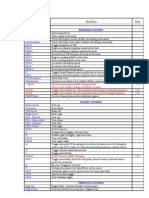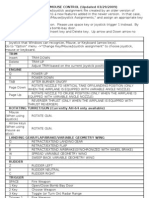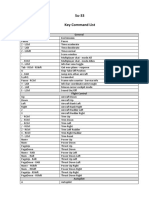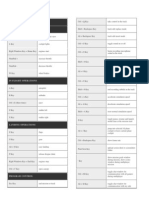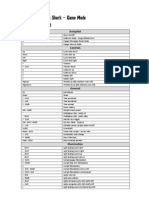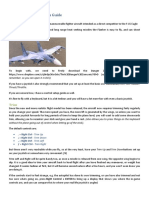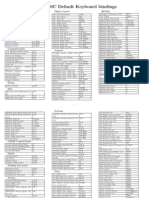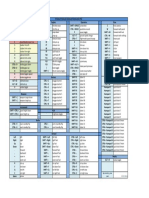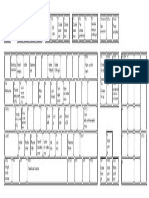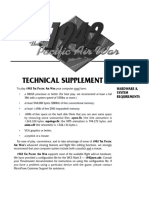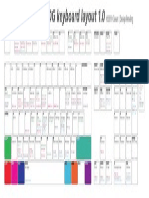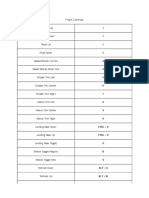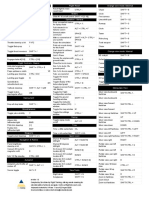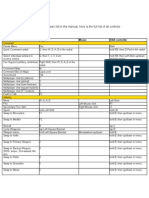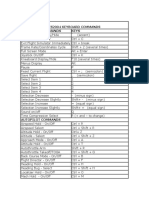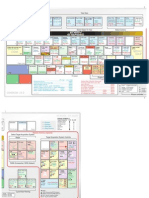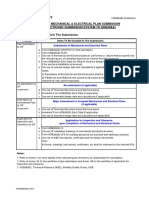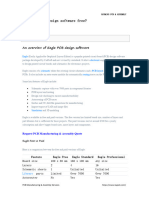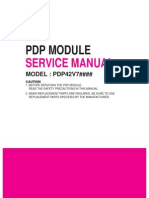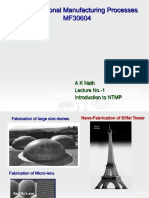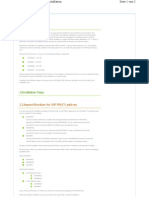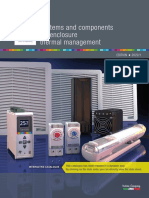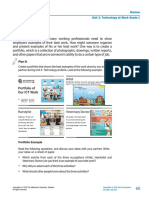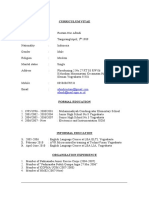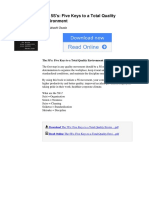0% found this document useful (0 votes)
165 views6 pagesDefault Key Commands
The document describes the default key commands for controlling an aircraft in a flight simulation game. It provides over 50 keyboard shortcuts for various in-flight actions like controlling aircraft flight and movement, changing camera views, toggling autopilot and other aircraft systems, firing weapons, and more. It also explains how to customize the key mappings or save custom control profiles to a file.
Uploaded by
betquillCopyright
© © All Rights Reserved
We take content rights seriously. If you suspect this is your content, claim it here.
Available Formats
Download as DOCX, PDF, TXT or read online on Scribd
0% found this document useful (0 votes)
165 views6 pagesDefault Key Commands
The document describes the default key commands for controlling an aircraft in a flight simulation game. It provides over 50 keyboard shortcuts for various in-flight actions like controlling aircraft flight and movement, changing camera views, toggling autopilot and other aircraft systems, firing weapons, and more. It also explains how to customize the key mappings or save custom control profiles to a file.
Uploaded by
betquillCopyright
© © All Rights Reserved
We take content rights seriously. If you suspect this is your content, claim it here.
Available Formats
Download as DOCX, PDF, TXT or read online on Scribd
/ 6

